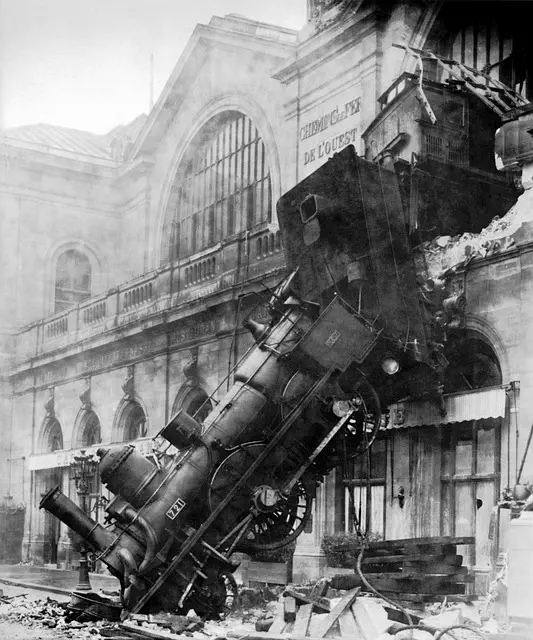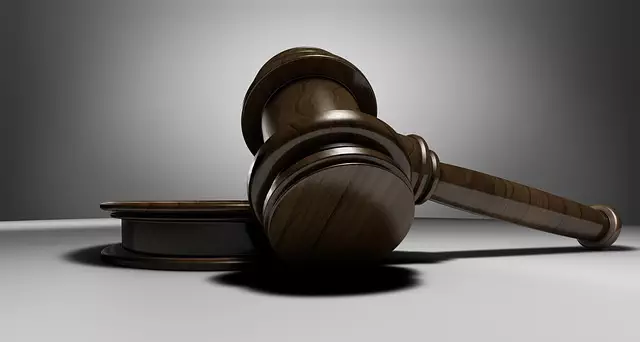Rideshare safety is a global concern, prompting legal actions like New York City Jury Group v. Uber Technologies. Juries in high-density areas like NYC play a critical role in investigating rideshare companies' handling of driver background checks, alcohol/drug screenings, vehicle maintenance, and emergency response. These cases not only seek justice for victims but also drive industry-wide changes to enhance safety standards. Stricter regulations, active litigation, and jury groups ensure fair interpretation of laws protecting riders and drivers. Notable trials have led to substantial settlements and improved safety protocols, such as enhanced driver screening, real-time tracking, and emergency response systems.
“Rideshare safety litigation is a critical aspect of ensuring secure transportation in today’s shared mobility ecosystem. With the rise of ridesharing services, understanding and addressing safety concerns have become paramount. This article explores the intricate world of rideshare legal battles, focusing on key topics such as jury involvement, New York City’s unique legal perspective, influential case studies, and strategies derived from litigation to enhance rider and driver protection. Discover how these elements contribute to shaping safer practices within the industry.”
- Understanding Rideshare Safety Concerns: A Comprehensive Overview
- The Role of Juries in Rideshare Safety Litigation: Rights and Responsibilities
- New York City's Legal Landscape: Protecting Riders and Drivers Alike
- Case Studies: Notable Rideshare Safety Trials and Their Impact
- Strategies for Ensuring Safe Ridesharing: Lessons Learned from Litigation
Understanding Rideshare Safety Concerns: A Comprehensive Overview

Rideshare safety has become a paramount concern in recent years, as the popularity of services like Uber and Lyft has surged worldwide. With millions of daily trips, ensuring passenger security is an immense challenge for these companies. Litigations related to rideshare safety have gained significant traction, especially in metropolitan areas like New York City, where the high density of riders and drivers creates a unique set of risks.
A jury group NYC often delves into these complex cases, examining factors such as driver background checks, alcohol and drug screening, vehicle maintenance, and emergency response protocols. The goal is to assess whether rideshare companies have implemented robust safety measures and adhered to legal obligations. These lawsuits not only seek justice for victims but also prompt industry-wide improvements to make ridesharing safer for everyone involved.
The Role of Juries in Rideshare Safety Litigation: Rights and Responsibilities

In Rideshare Safety Litigation, juries play a pivotal role in holding ride-sharing companies accountable for their safety measures and ensuring justice for victims. As a jury group NYC, they possess both rights and responsibilities in these legal processes. The primary right is to deliberate and make informed decisions based on the evidence presented during trials. This involves carefully evaluating witness testimonies, examining company policies, and assessing liability for any negligence or misconduct related to passenger safety.
Juries also bear the responsibility of reaching unbiased verdicts that reflect the interests of all parties involved. They must remain impartial, considering both the plaintiff’s claims and the defendant’s defenses meticulously. By balancing these rights and responsibilities, juries contribute significantly to maintaining a fair legal system in Rideshare Safety Litigation, ensuring that safety standards are met and victims receive adequate compensation for any harm suffered.
New York City's Legal Landscape: Protecting Riders and Drivers Alike

New York City, a bustling metropolis with a vibrant rideshare industry, has a legal landscape that prioritizes safety for both riders and drivers. This is evident in the city’s stringent regulations and active litigation involving ridesharing companies. A notable player in this domain is the jury group NYC, which often handles complex cases related to rideshare safety. They ensure that laws are interpreted fairly, protecting the rights of individuals involved in accidents or disputes.
The legal framework in New York City aims to address various issues, including driver background checks, vehicle safety standards, and fair compensation for injuries. These measures reflect a comprehensive approach to maintaining a safe rideshare environment. By engaging with reputable legal groups like jury group NYC, riders and drivers can navigate the system with confidence, knowing they have access to justice and representation when needed.
Case Studies: Notable Rideshare Safety Trials and Their Impact

Rideshare safety litigation has been a significant topic in legal circles, with several notable cases shaping the industry’s standards and passenger protection. One prominent example is the New York City Jury Group v. Uber Technologies case, where passengers alleged that the company failed to provide adequate safety measures and proper background checks for drivers. This high-profile trial resulted in a substantial settlement, highlighting the importance of holding rideshare companies accountable for their safety protocols.
The impact of such cases extends beyond financial compensation; they set precedents for future litigation and encourage rideshare giants to strengthen their safety policies. For instance, following these trials, many platforms introduced enhanced driver screening processes, improved emergency response systems, and real-time tracking features. These developments are crucial in fostering public trust, ensuring passenger safety, and promoting responsible rideshare practices.
Strategies for Ensuring Safe Ridesharing: Lessons Learned from Litigation

Rideshare safety litigation has unveiled critical strategies for ensuring safer ridesharing experiences, offering valuable lessons learned from real-world cases. One key takeaway is the importance of rigorous driver screening and background checks. Litigation has highlighted instances where drivers with criminal records or unsafe driving histories were permitted to operate vehicles, leading to serious consequences. To mitigate this risk, companies must implement comprehensive screening processes, regularly update their procedures, and stay informed about local laws governing these practices.
Additionally, continuous training and monitoring of drivers are essential. Studies show that regular safety training sessions can significantly enhance driver awareness and response times during hazardous situations. Real-time tracking and communication systems also play a crucial role in enabling quick interventions. The involvement of a jury group NYC, for instance, has helped establish guidelines for effective emergency response protocols and improved transparency between rideshare companies and regulatory bodies.
Rideshare safety litigation plays a pivotal role in shaping the future of mobility in cities like New York City, where a robust legal landscape is essential for protecting both riders and drivers. By examining case studies and understanding the strategies emerged from these trials, we can foster safer ridesharing practices. Juries, as the final arbiters, have the power to enforce accountability and drive change through their decisions, ensuring that the industry evolves with passenger well-being at its core. This comprehensive overview highlights the complex interplay between legal actions, public safety, and the ever-evolving rideshare industry in the bustling metropolis of New York City.
